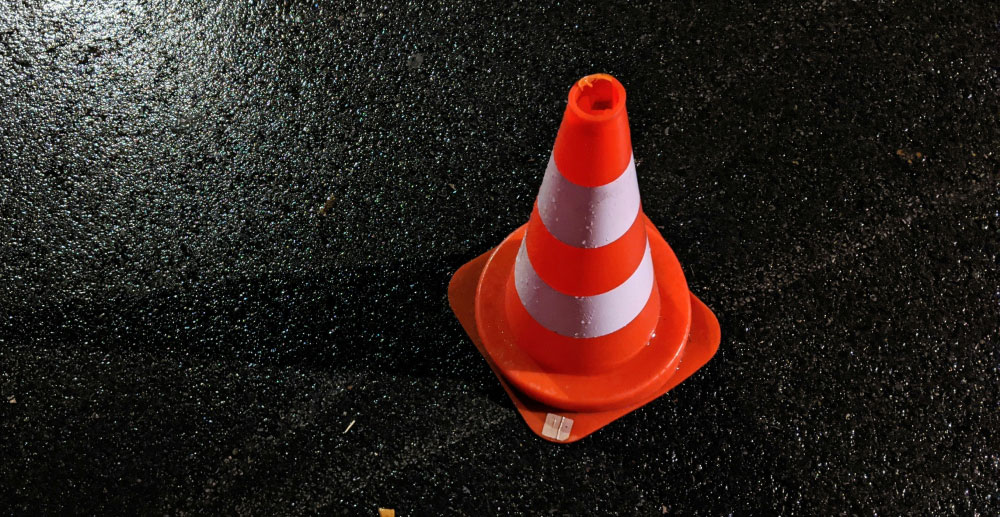Lose some of the worry about starting buprenorphine by learning what to expect.
Although you are embarking on a healthier path by beginning buprenorphine treatment for opioid use disorder, you are also letting go of your drug of choice, which has probably been an important player in your life, possibly for years. You might also have to say goodbye to friends who are still using, and stop hanging out in familiar but triggering spots. These changes can be bittersweet, and it’s totally normal to feel a sense of wistful nostalgia for the harmful behaviors and substances that you’re letting go of, even as you genuinely want to recover from opioid addiction. Anyone in recovery from substance use disorder has to go through this process of detaching from the past.
When it comes to beginning buprenorphine treatment, it can help to hear from someone who has already experienced it. This article is based on my own experiences and research I’ve done, but your own experience may differ.
Buprenorphine works
First of all, know that buprenorphine works. It is a highly effective treatment for opioid use disorder. Buprenorphine is approved by the FDA and World Health Organization to treat addiction to heroin, oxycodone, and other opioids. It has been shown to reduce the risk of death in people who use illicit opioids, and to decrease the incidence of HIV infection from IV drug use. It is also a highly effective aid in reaching sobriety and reducing the chaotic use of illegal opioids.
The reason buprenorphine works so well is because it’s a partial opioid agonist—a synthetic opioid that fills the same receptors as the opioids you’re used to, without fully activating them. It won’t get you high and you won’t become addicted to it if you use it as prescribed. It will maintain a continued dependency on opioids, but it’s important to understand it as any other daily dose medication. People taking antidepressants and insulin are also dependent on their medications, and it’s not a big deal as long as they take them as prescribed and continue to have regular access to their prescription.
Before inducting on buprenorphine
As I said, buprenorphine is highly effective. However, some patients might experience discomfort during the beginning phases of treatment, called induction. If you are getting ready to begin buprenorphine treatment (some people say medication-assisted treatment, MAT, or pharmacotherapy), your doctor will instruct you to wait until you are experiencing opioid withdrawal before taking your first dose. This is important, even if it’s uncomfortable. Buprenorphine will knock other opioids out of the opioid receptors in your brain, but it won’t fill the neuroreceptors quite the same way. If you are still affected by other opioids, taking buprenorphine too soon will put you in a state of sudden, intense withdrawal called precipitated withdrawal. If this happens, it will eventually pass, but it will be completely miserable, and you might require medical attention if your symptoms are particularly severe. It’s better to wait until all other opioids are out of your system.
The first week of buprenorphine induction
Because buprenorphine does not activate the receptors in your brain as completely as the opioids you were using to get high, it might take you a few days to feel completely normal. As your body adjusts to taking a partial opioid on a schedule instead of a full opioid chaotically, you may initially feel agitated, tired, restless, anxious, or depressed. You might also continue to feel mild symptoms of withdrawal while you and your provider work together to determine your therapeutic dose. The process of incrementally increasing your correct dose until you find the correct one is called ‘titrating,’ so you might hear your provider use that term. You and your provider will eventually identify the dose that will effectively relieve your withdrawal symptoms and reduce your physical and psychological cravings for opioids. If your symptoms are unmanageable or severe, bring that up with your prescribing doctor. It may be a sign that your dose is too low.
During the first week or two of buprenorphine induction, you might feel some euphoria after taking your dose. This could manifest as cloudy thinking, elevated mood, or impaired motor function. Some people enjoy this feeling, while others find it scary or off-putting because they are trying to stop getting high. If this happens to you, know that it is normal, and will pass as you adjust to treatment. Once you are fully stabilized on your dose, you will no longer feel any euphoric effects from buprenorphine. If you do find yourself enjoying the way that first week or so makes you feel, it’s important to know that buprenorphine has a ceiling effect. This means that after a certain dose (usually between 16-32mg), buprenorphine will not have any added effect. So once you stabilize and stop feeling that euphoria, you cannot take more buprenorphine to get it back.
The early months of buprenorphine maintenance
The first several months of recovery from opioid use disorder are likely to be difficult, no matter what treatment or program you’re in. Mood swings, boredom, cravings, and even recurrences of use are all common. Over time, these symptoms will pass as your brain and body begin to heal. Your health and moods will stabilize, and you’ll have a chance to learn new coping skills without being derailed by illicit opioid use.
If you slip up and end up using your drug of choice early in treatment, don’t get down on yourself. It doesn’t mean you’re a failure, and many people in long-term recovery had slips at the beginning. But be careful: because buprenorphine blocks the effects of other opioids, you are less likely to feel high from your previous dose. Attempting to overcome the blocking effect by using more of your drug of choice is extremely dangerous and can easily lead to overdose.
Recovery is worth it even in the times that it’s not easy. Remember that ups and downs are normal, and that the uncomfortable parts of induction will soon pass.








